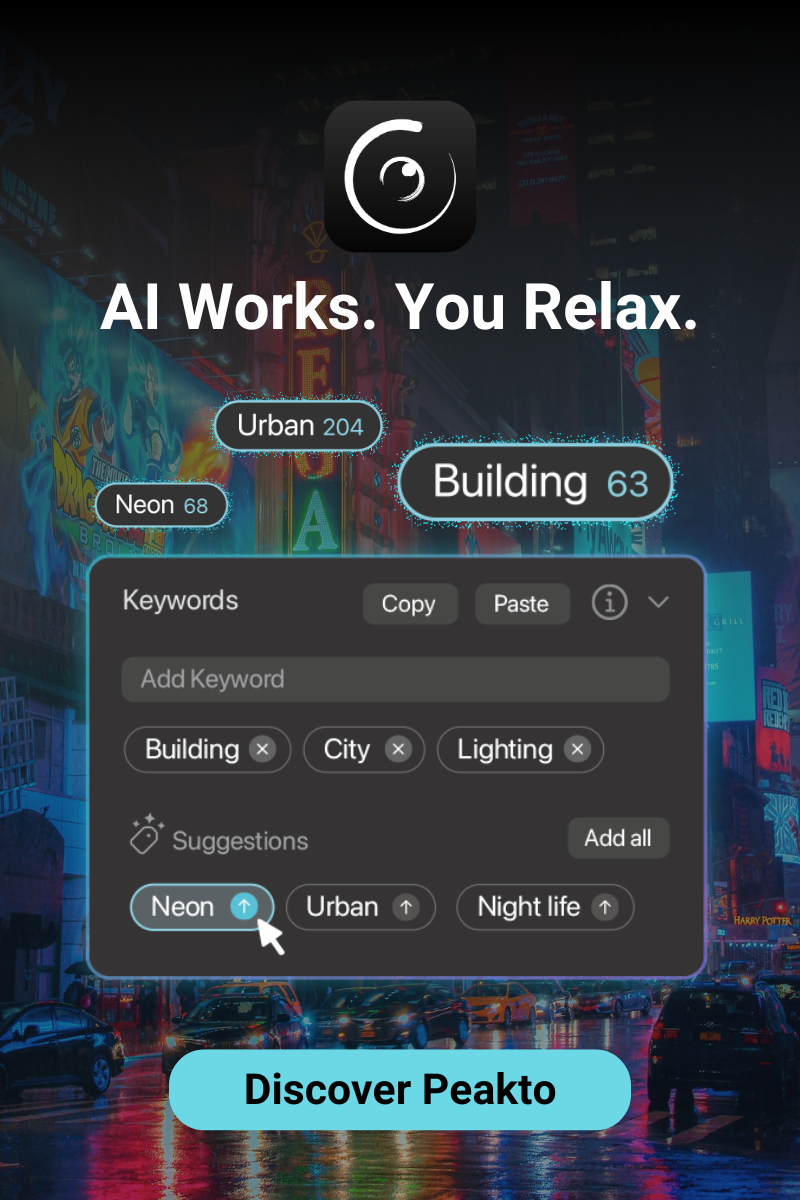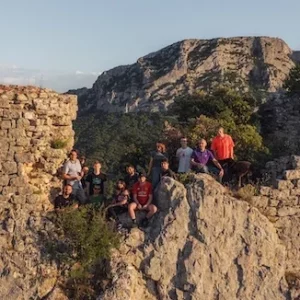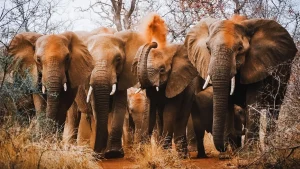Masaki Okumura first learned to express his creativity through product design. Travels and a career shift made him take the leap to becoming a professional photographer.
Masaki is a photographer with a free-spirited approach to photography, but with a focus on the object, the detail, and the art of craftsmanship.
Through his photos and his mastery of light, Masaki invites us to share the intimacy of craftsmen’s gestures or simple moments of life. His talent has seduced great brands such as Withings, Issey Miyake, Montblanc and Dolce Gabana, and his testimony teaches us how a career can be totally changed by listening to our passions.
Have you ever thought of stopping everything to pursue another path?
Get inspired by this interview rich in advice and persevere in your passion…maybe it will be part of your identity tomorrow.
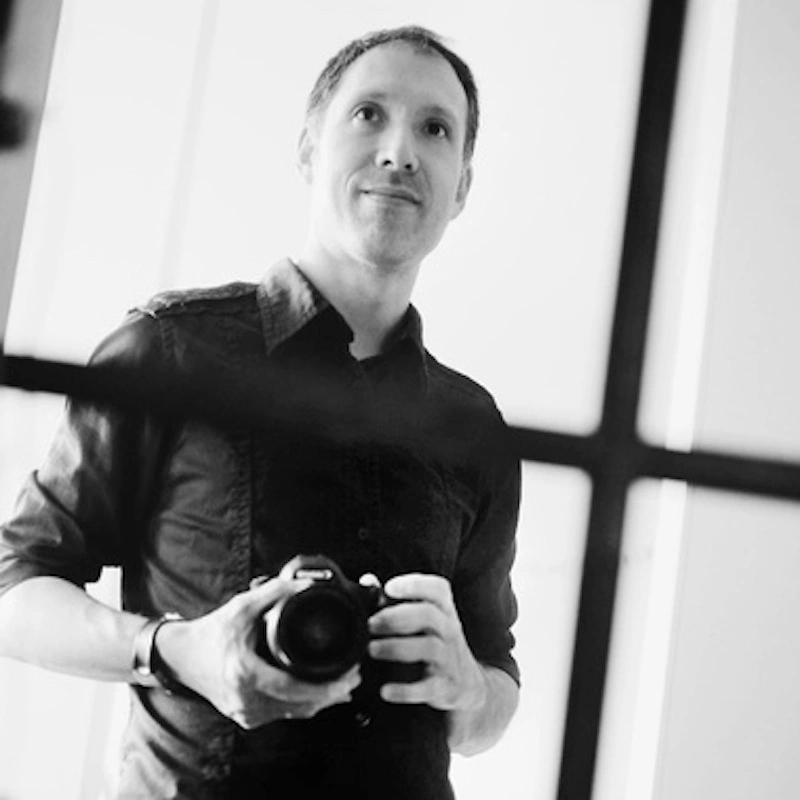
Before you became a professional photographer, you were a designer in product design. What made you switch completely to photography?
Life is not linear, so it took a few years to make the switch.
As a designer, I was actually in charge of drawing and designing products in a big French cell phone company.
It was an outstanding experience that gave me the opportunity to work with teams that had very diverse skills. Therefore, I was able to express my creativity in a context where the challenge was to transform strong technological constraints into aesthetic and functional values, so I could find solutions through design.
I had the opportunity to carry out several professional travels, thanks to my job as a designer. I went to Asia and Latin America, which especially opened me to travel photography and which allowed me to (re)connect to my values of freedom and exploration. I discovered another way to express my creativity in a freer way, while connecting to the atmospheres, places and people I met on my way.
“Following your path and your aspirations are important, especially when it comes to passionate jobs like photography.”
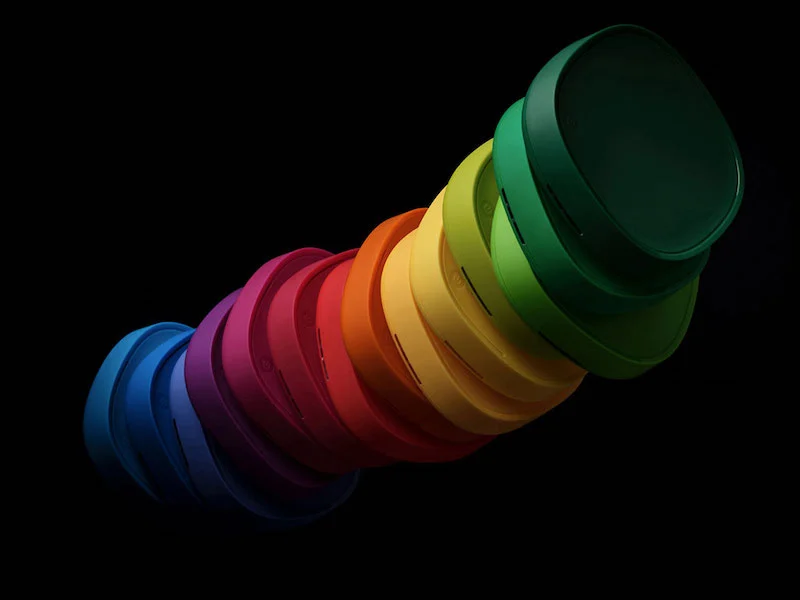
Around 2006, the company where I had been working for 8 years was restructuring and selling its cell phone business to a Chinese multinational. It was the beginning of the telecom crisis and sub-primes…
The prospects of the design department were no longer assured, pushing us to reinvent ourselves… It was a difficult period of transition and hesitation, as there were not as many projects.
It was precisely at this time that I began to question which direction to give to my career, and photography kept coming up in my thoughts. So I proposed to my manager to photograph the last prototypes and all the interesting objects we had designed, to prepare our release books!
At the same time, I also started to do art direction with studio photographers who took commercial photos of the products we designed. This was for me the opportunity to get a better idea of the job, and to discuss with them their passion, the way they approached it, their techniques…
In the end, it was the meeting with photographer Patricia De Gorostarzu and the exchanges I had with her that gave me the final push… So I made the difficult decision to leave the company and a very well paid job to follow my passion for photography and express my creativity in another way, freer and aligned with my values!
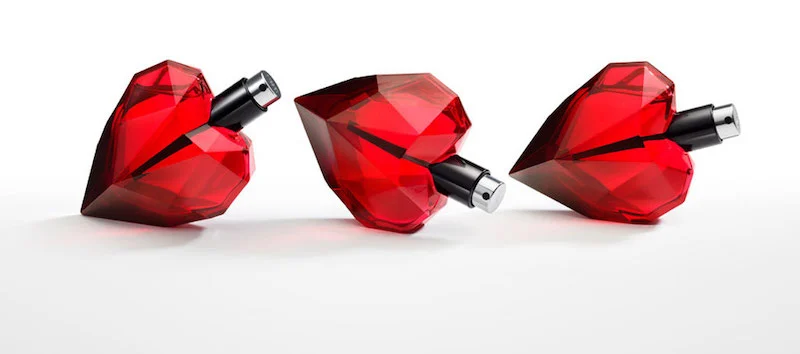
How do you think your job as a designer has influenced your work as a photographer?
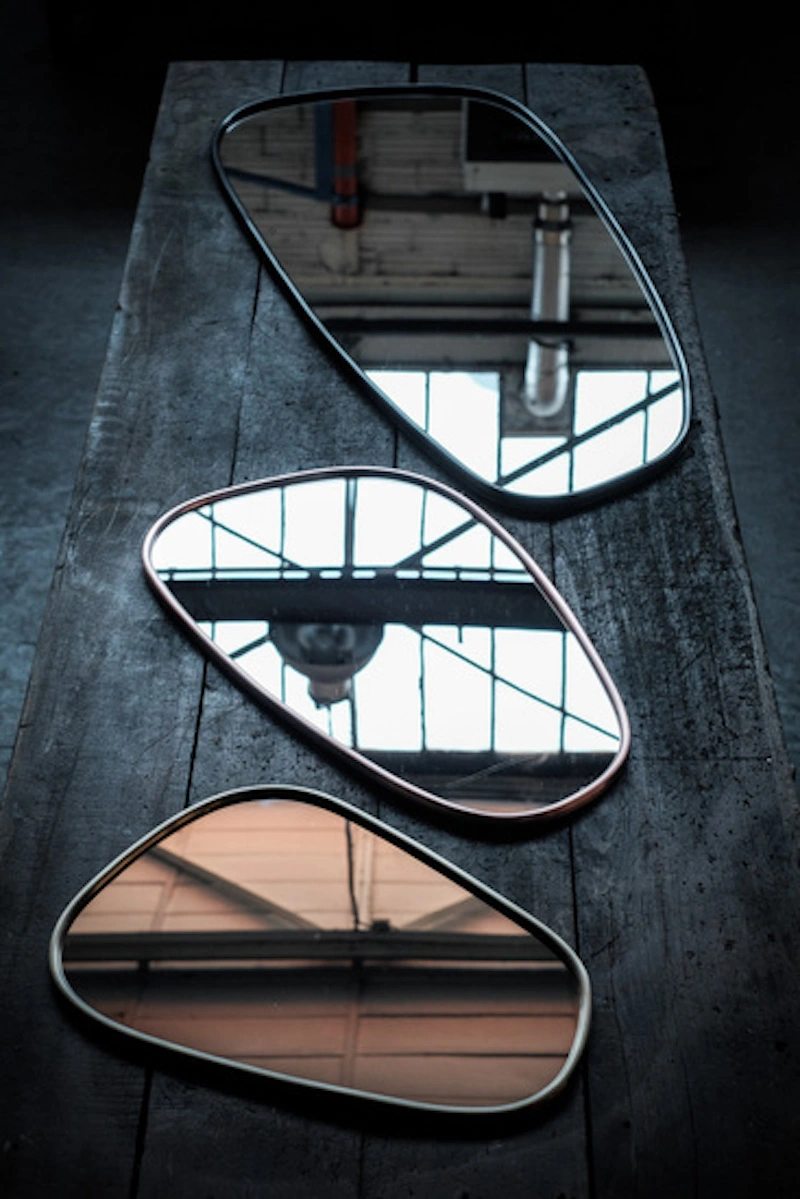
You work for large industrial groups and design agencies on very modern objects. Why, in a series of reports, did you turn your lens towards craftsmen whose work is far from the smooth and pure lines of a smartphone or a watch?
” My vision of photography is not compartmentalized, and my motivation has always been to bring positive values through beauty.”
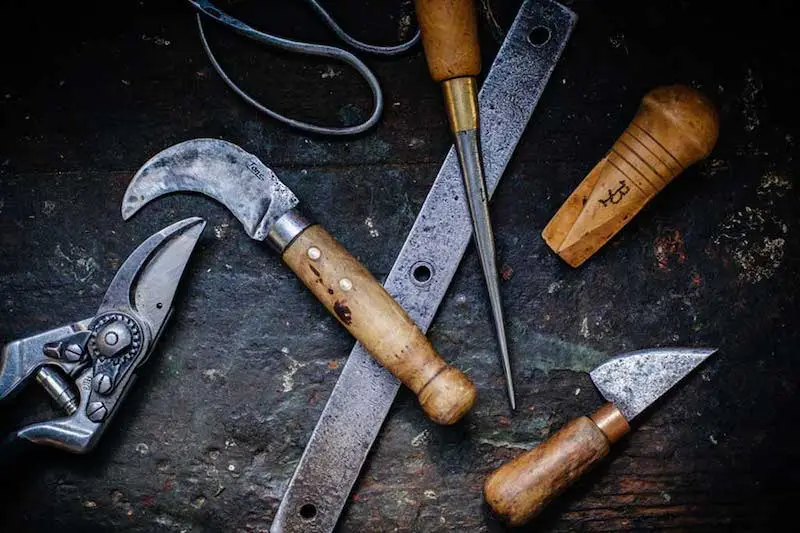

You photograph an artist engraver, a wicker basket maker, an ironworker. Why did you choose them in particular? What attracted you to them?
These series of photos about artisans are the result of a collaboration with an interior designer, Agnès Leroy, with whom these artisans have a commercial partnership.
These craftsmen have a particular skill, and an open-mindedness conducive to evolve their techniques by offering more original creations.
At first, Agnès wanted to make some portraits to present their speciality and their creations, but their universes were visually so rich that we decided to make a series of photographs that would enhance their craft through thoughtful photographs and atmospheres that are not descriptive!
Do you like Ash's interview?
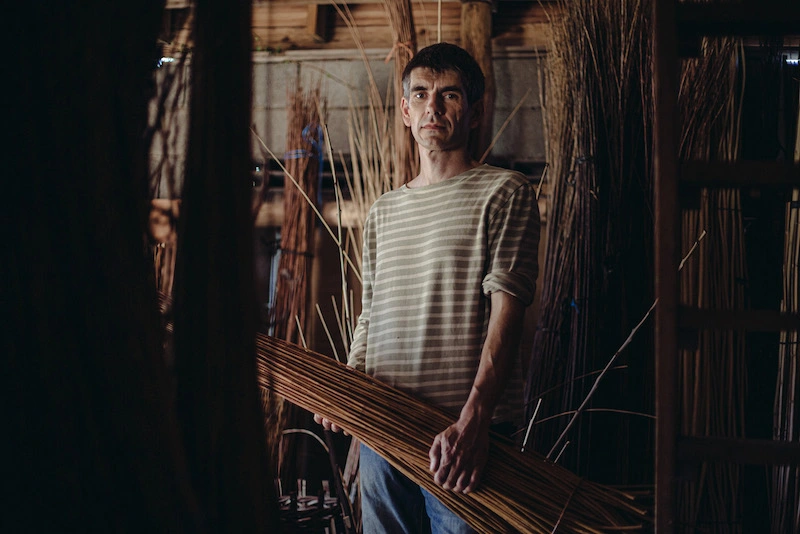
This series about 4 artisans offers real stories where all the stages of creation unfold before our eyes. How did you build this narrative? Did it involve any preparatory work?
Not being able to meet each craftsman for questions because of availability and distance made me rely on the explanations of Agnès, who already knew how these things worked.
This allowed me to first imagine a chronology-based narrative framework that would allow me to well understand each creation process, but, in the end, it was on location that I took the measure of the potential…!
Then, we accompanied each artisan for 2 days in total immersion to get to know them better, to understand each gesture and to cover their entire creative process.
“My intention was to immerse the viewer into the heart of their workshop by giving them both a visual and sensory experience…”
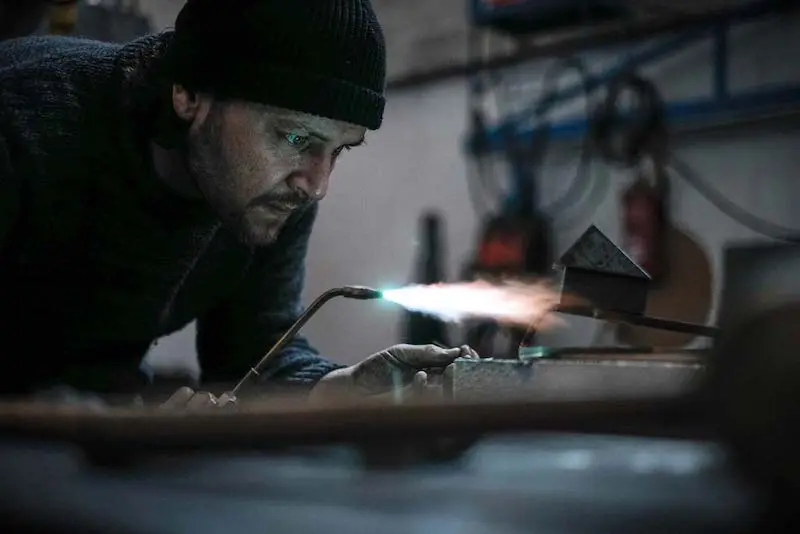
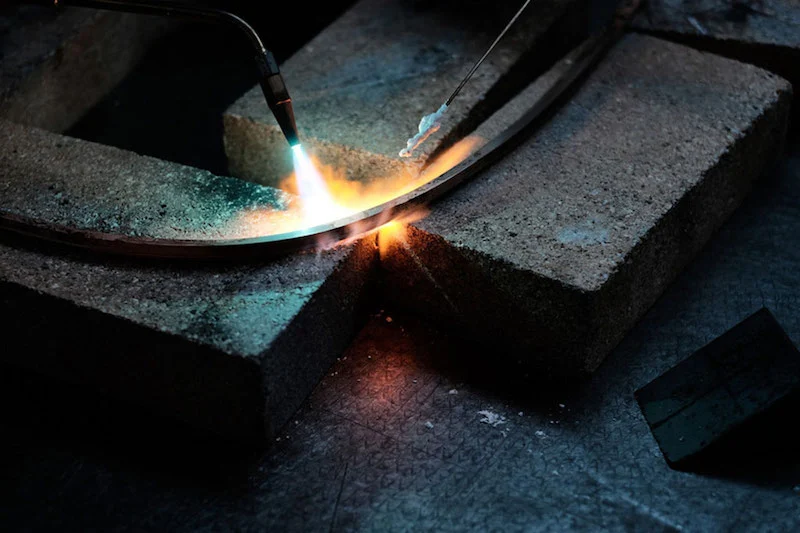
What are the ingredients of a good photographic "story"?
From my point of view, it seems important that there is an overall coherence both in the rhythm of the story and in its form. In this sense, a careful editing of the photos, accompanied by their selection and arrangement with each other is also very important.
- The context: Generally speaking, it is important to place the story in context to situate the subject and the action and to retranscribe the atmosphere of the places, in connection with the subject (wide or detailed shots of the places that serve to enrich the atmosphere…the mood…and make the story more convincing).
- The subject: The subject can then reveal himself little by little, while suggesting his intentions and his personality by focus, details, which allows us to identify and create an emotional bond with him. Of course, the subject can take any form…
- The event: Keep the narration simple and do not reveal everything from the start– instead, suggest. Focus and cutaways, for example, are interesting to create transitions from one scene to another, bring suspense or reinforce an atmosphere…
- The denouement: The reward, the revelation at the end that allows us to understand the final goal of the story. This element can also be open or suggested to give free rein to the spectator’s imagination…
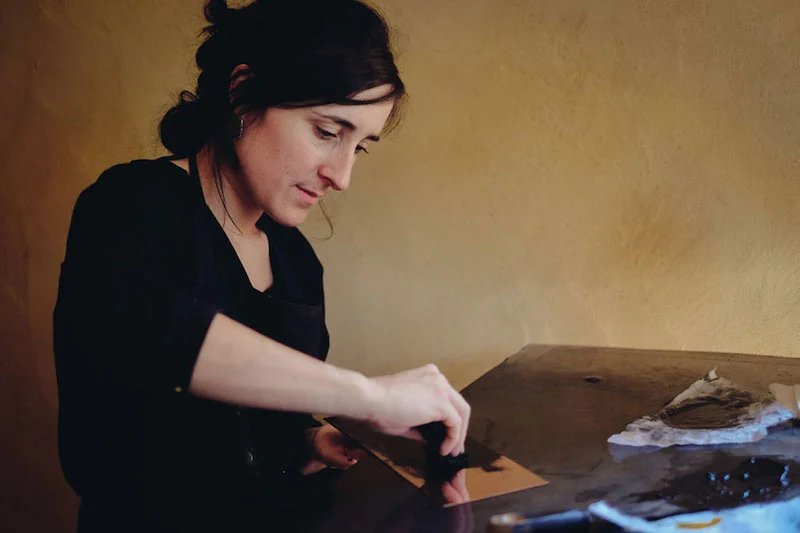

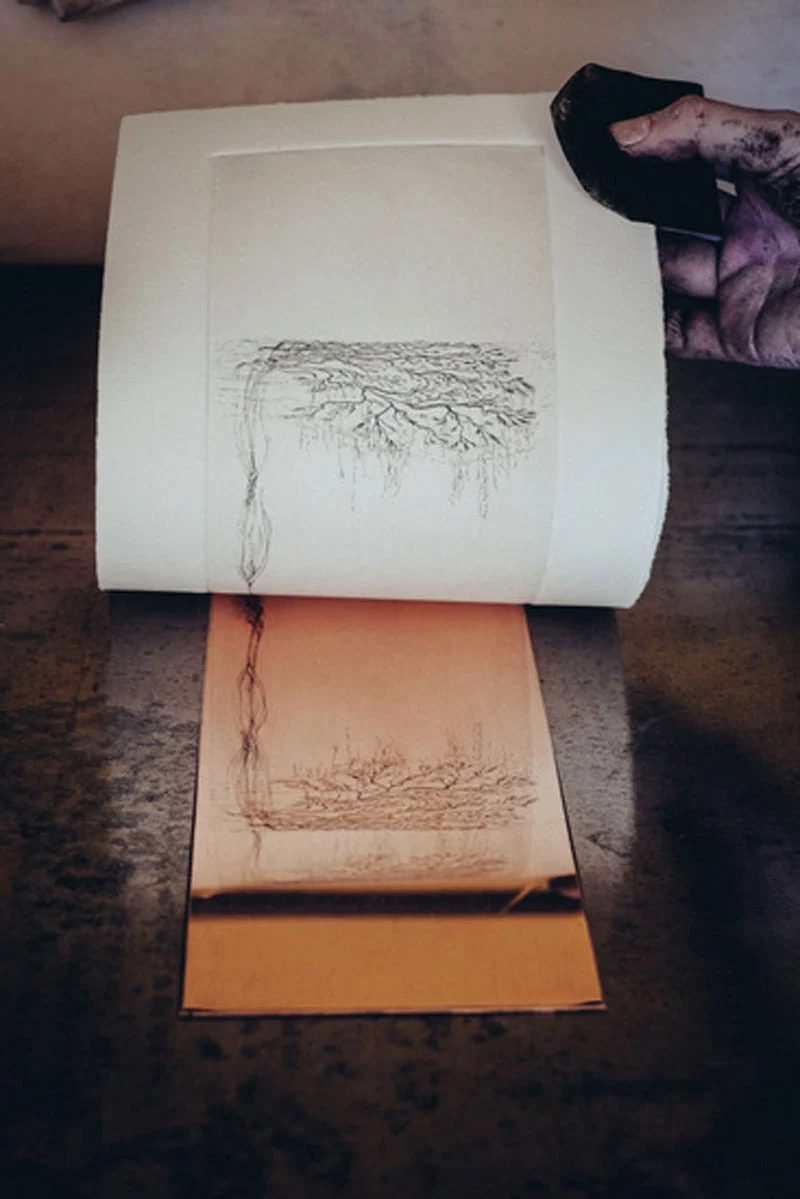
Can the photos in these series be taken separately or are they only valuable as a whole?
It all depends on the story and the message you want to convey.
Sometimes, some photos have enough evocative power to stand on their own.
Sometimes, they have more interest associated with a set, as is the case with the series on the craftsmen, where the chronology is important to understand the logic of their creation process, their know-how and the value of their work.
It is therefore particularly important to choose the right series of images, to create a vibration and provoke an emotion or empathy for the viewer.
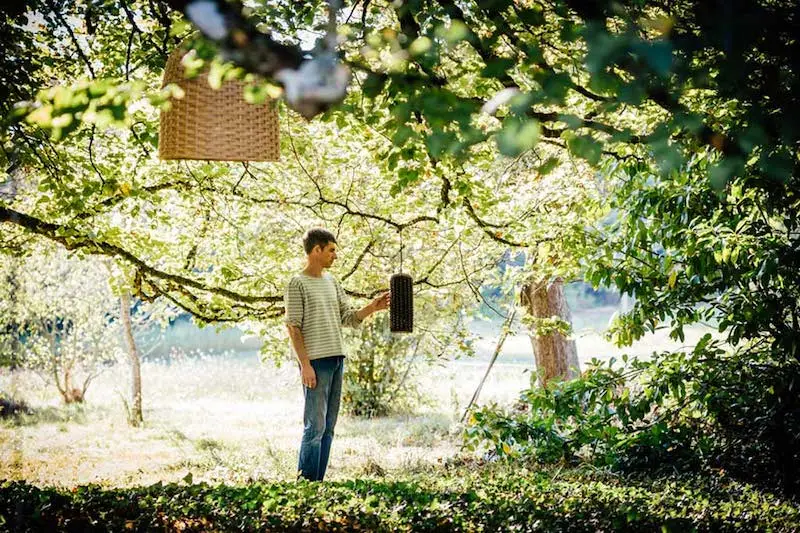
Your personal photographic work is focused on Asia and travel. How do these subjects inspire you? What do they help you to capture?
During my life in Spain and Japan, I was bathed in singular lights and atmospheres… It’s difficult to explain, but it is a sensation that we all have when we arrive somewhere… We feel this light, and it appeals to something more intimate and deep that provokes emotions in us. For me, it was beautiful sensations, an idea of freedom and intensity that I still seek today in my travels, and particularly in Asia, where I feel deeply connected.
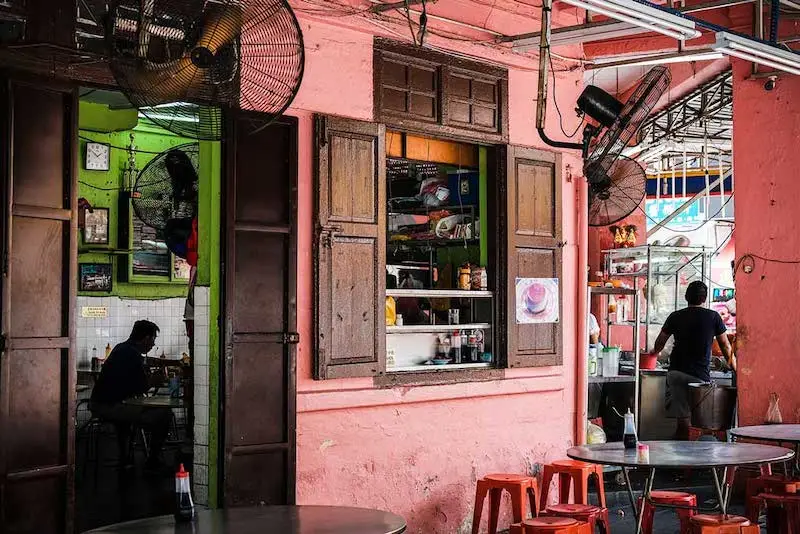
I feel there are a lot of contrasts, energy, curiosity and respect for each other, a feeling that everything is possible as long as you give yourself the means, even if, as everywhere, nothing is totally ideal…
I have seen in Vietnam, Cambodia and China very modest people living in such difficult conditions, and yet so proud and generous…
It is for me a way to see the world, by aligning the mind and the heart, and reveal the beauty where we do not expect it. It is this same motivation that drives me when I compose my street scenes or objects in my studio.
The texture, the intensity and the quality of the light and the shadows is primordial, because it is the interpretation of all these ingredients that allows me to provoke emotion and to reveal or sublimate some scenes or objects, as simple as they are.
In my case, I think more of “reveal” than “capture” in my photographs.
“Photography is a great way to meet other people and to quench my thirst for adventure and discovery.”
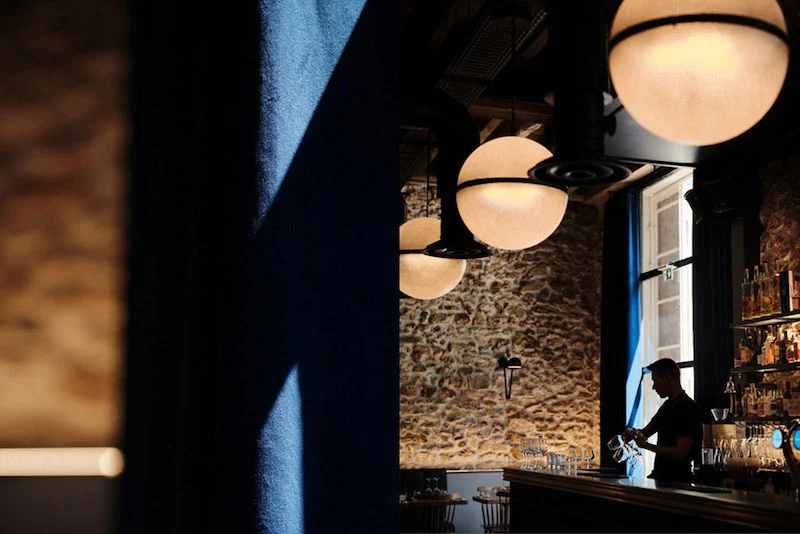
You work a lot with light and the capture–or revealing!–of fleeting moments in your personal work. Which lenses do you like to use for these series?
At the beginning, I liked zooms, which I found very practical when traveling.
I mainly used the Canon EF 24-105mm f/4 L IS for its focal length and optical stabilization, which is very useful in low light without a tripod (Shanghai nightwalk, Hong Kong, and Morocco series).
I was also using an EF 17-40mm f/4 L that I reserved for landscape and architecture pictures (Hong Kong architecture series).
Things changed when I started to take photography more seriously and to study the photography of some of the artists who inspired me at the time.
I was intrigued by the quality of their images–narratively, aesthetically and technically–and I realized that they mostly used fixed focal lengths that corresponded more to their personality and their vision of the world, identifying their photographic style.
Does this interview inspire you?
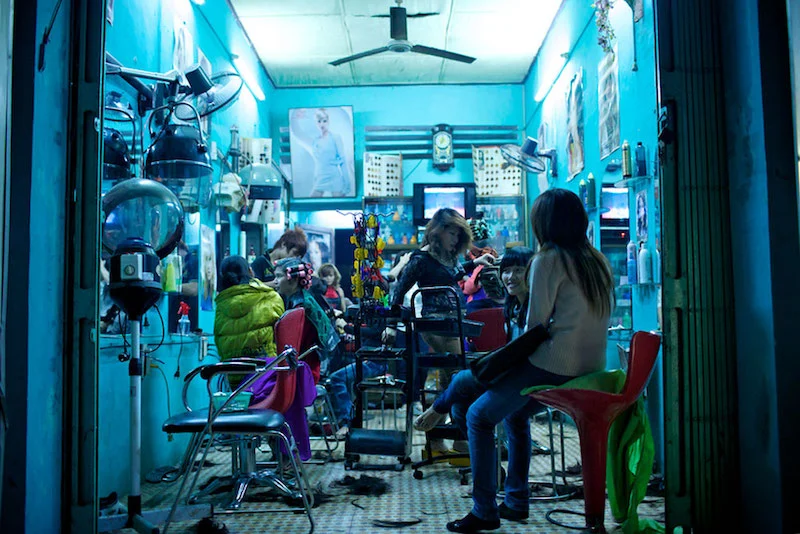
It was during a trip to Vietnam and Cambodia that I had a revelation, by setting myself the constraint of using only a 35mm f/1.4 L and my old 50mm f/1.4 with my EOS 5D.
After a period of adaptation and after having understood the possibilities offered by each of these focal lengths in terms of rendering, I naturally knew at what distance to place myself in relation to my subject and with which aesthetic intention.
Their compactness allowed me to approach complete strangers without scaring them, and offered me beautiful moments of sharing (e.g., Vietnam series).
Thanks to the large apertures of these lenses, I could also assert my style and a more personal vision in the rendering of my images.
I like the ability of fixed focal lengths that make me leave my comfort zone by stimulating my creativity. Lightness is liberating because it allows me to feel more adaptable, creative and mobile… Less is more!”
Today, I use Fujifilm equipment with bright fixed focal lengths ranging from 24mm to 85mm in Full Frame equivalent, for the same reasons of quality, rendering and photographic style, but my “desert island lens” remains the Fujinon XF 35mm f/1.4 R (50mm in 35mm equivalent) for its image quality and rendering…(e.g., series on my Instagram account Fujifilm XT1 + XT2 – XF 35mm f/1.4 R).

Apart from your outside work, what equipment do you use in the studio to photograph design objects? For example, to highlight a watch, do you have a particular technique?
In the studio, and for this kind of images, I use a Fujifilm GFX 100S camera that meets my clients’ requirements for quality and flexibility.
In general, I use the GF 80mm f/1.7 RW, the GF 120mm f/4 Macro OIS RW or even a Canon EF 90mm f/2.8 TSE (Tilt and Shift) with a Fringer adapter. For wider shots, the GF 63mm f/2.8 RW or a GF 30mm f/3.5 RW.
Regarding lighting and technique, I work with Elinchrom studio flashes and homemade diffusers (scrims) mounted on stands that give me lots of flexibility to shape my light according to the rendering I am looking for.
These diffusers are extremely useful when photographing very shiny objects because they allow me to diffuse the light gently, to give a nice gradation on the glass or metal of a watch, for example.
Depending on their placement and the distance from the light source, it is possible to work with the light very precisely.
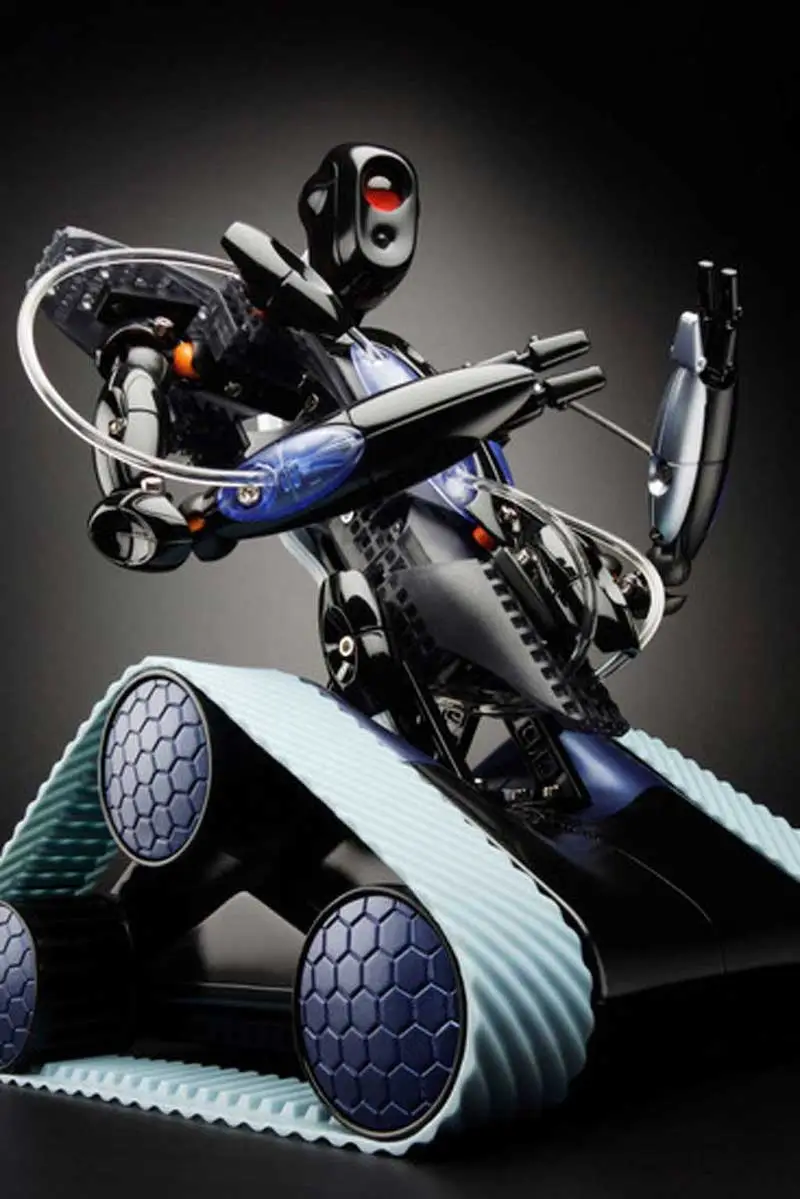
I also use the direct light of flashes by simply modulating it with reflectors, for a very contrasting and graphic rendering. I also like to mix natural light and flash, in High Speed Sync mode, along with diffusion panels (e.g., iPhone lifestyle photos, photos of bikes…).
In one case, the flash just supports the natural ambient light (for example, iPhone studio photos on white marble slabs).
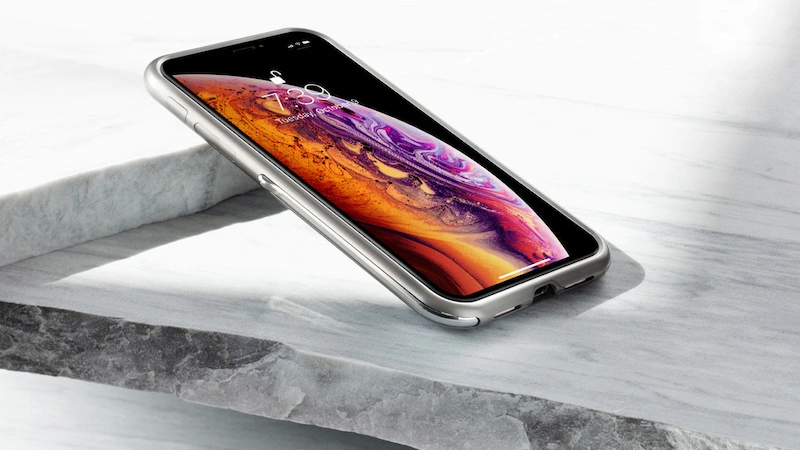
In another case, I voluntarily underexpose my subject and I adjust the flash intensity to properly light my subject, which gives a much more dramatic result…(for example, iPhone lifestyle photos in the Porsche and in the mud).

Obviously none of this is linear, and I sometimes mix all these techniques and different types of light sources to achieve my goals–including an iPad screen, for example!
When the object is very technical, like a watch, it is sometimes necessary to shoot it with different exposures or lighting and do compositing work in Photoshop to create a coherent image, keeping the idea that the final rendering is natural.
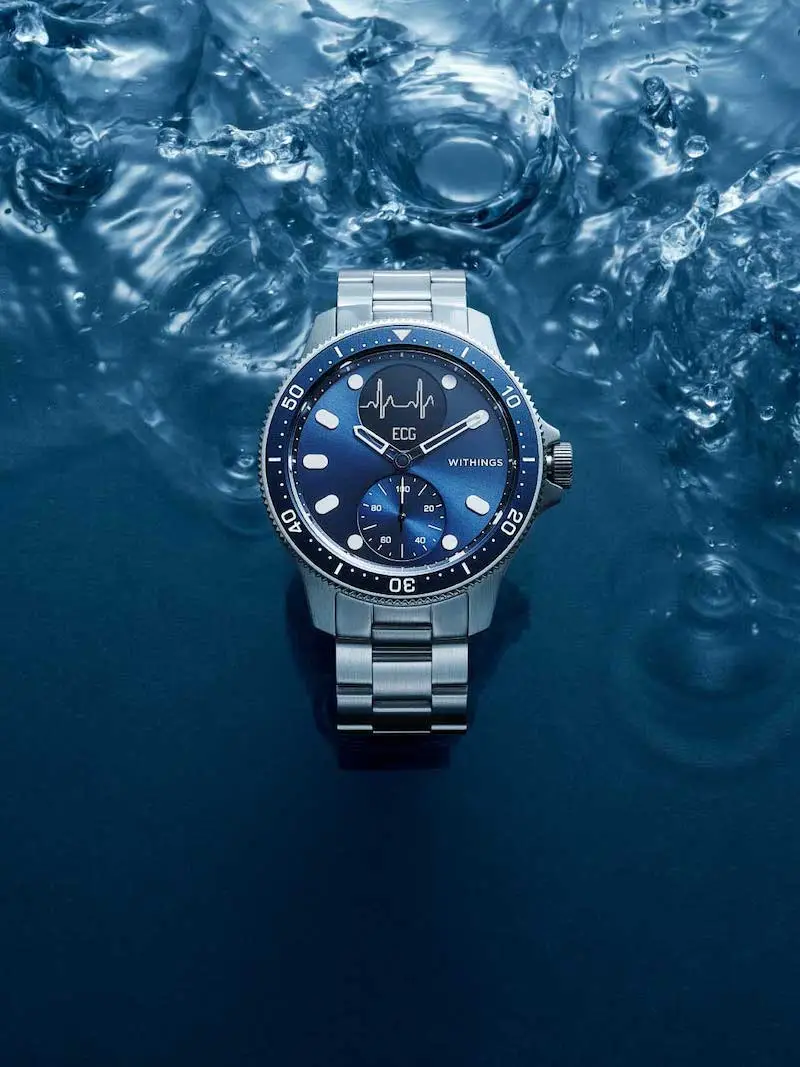
Do you approach a commissioned job very differently than a personal job?
Yes, clearly.
For my personal photos, I have a much freer, experimental and instinctive approach, relying on my senses and letting the unexpected run wild.
I intervene very little on the elements to keep a maximum of authenticity in the scene, and I prefer to be surprised by adapting to the situations and using the available light.
With commissioned work the stakes are higher, because the client has specific needs and requirements with deadlines and a budget to respect.
If the client lets me be the one to propose, I sometimes work with a DA and other service providers. A real team effort!
It’s a more concerted, thoughtful, precise approach, looking for the essential in the message and the form.
Nevertheless, I always try to align reflection and my sensitivity to reveal the beauty of the object and create original images that meet my aesthetic criteria and expectations.

What kind of retouching do you do on your photos? With which software?
For a long time, I used Aperture and then Lightroom to organize my vast catalogs, classify the photos, do the editing, and make the first adjustments of colorimetry, contrast, sharpness, etc…
Today, I use Capture One for the rendering of images and its ability to support the very large files of my Fuji X100S.
I also use Photoshop a lot for the ones that require complex photomontages, as is often the case in-studio.
In this case, I use a lot of blending masks to obtain certain renderings on my images.
Art shows and exhibitions, of course, but mostly travel and the work of other photographers.
When I was very young (and still do), I loved reading magazines that made me travel and dream of exoticism, like National Geographic.
I found the images very strong and inspiring, like those of Steve McCurry, Salgado, Alex Webb, and David Alan Harvey…whose contrasts, colors and compositions I admired…
I am quite contemplative, and I also like to observe the simple things around me and in nature; a light, a shadow, a small detail that seems insignificant–are sometimes enough to inspire me!

What would be the best advice you could share with a young photographer who wants to collaborate with large industrial groups, publishing houses or design agencies?
Large groups, design and architecture agencies, and publishing houses have a very high level of requirement, and many photographers already collaborate with them, but for all that I think there is still room for everyone!
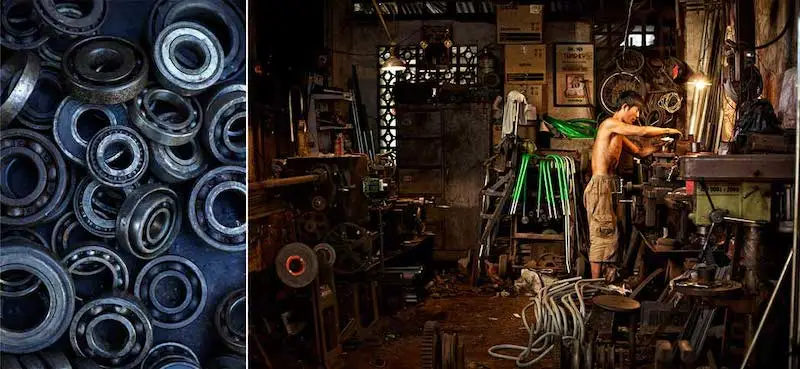
- Stay Tuned: If I learned one thing, it’s that you should always listen to your intuition and your heart because it never lies to you… Following your path and your aspirations are important, especially when it comes to passionate jobs like photography. Whatever the clients or organizations you want to work with, it is important to know your real motivations and why you do things viscerally.
This determines the photographer you are, as a whole (approach, vision, style, etc…). What defines you is your uniqueness and strengths, allowing you to stand out and get noticed by clients who are like you.
- Stay Focused on your priorities : I think that in an interconnected world that goes ever faster, it is urgent to take a step back, and not to be overwhelmed by the fashions and trends that end up diluting our energy and taking us away from our first intentions…
- Stay committed to your work: Don’t give up. Have faith in yourself and work on the quality of your work, your style and your renderings. Be demanding without being perfectionist…Try, refine, be curious and open-minded to learn from others. If you can, adapt your material to the demands of your needs, but don’t sacrifice quality.
- Stay connected: While social media can distract us, it is also an important way to get your name out there and create engagement around your work. Instagram seems like a no-brainer for us photographers, but if I had to recommend another one, it would be LinkedIn! The majority of companies are there and are very active. Plus, the algorithm is less “restrictive” than Instagram’s, and your well-targeted posts can be a great way to generate interesting engagement with your prospects.

